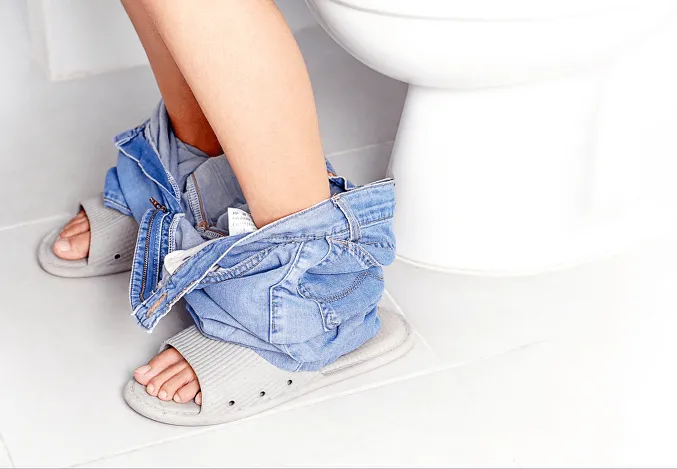Threadworms
Threadworms (also called pinworms) are tiny parasitic worms that can cause intense itching, irritability, and sleep disturbances, especially in children. If you have threadworms, you’ll want to get rid of them fast. That’s why we offer medicines that start working in about 3 days to help you feel better quickly. Explore our range below.

What are Threadworms?
Threadworms are small, white, thread-like parasites that live in the human intestine. Although they’re barely visible, they lay microscopic eggs around the anus, causing itching and irritation, especially at night. Threadworms are one of the most common parasitic infections in children.
How do Threadworms spread?
Threadworms spread easily through poor hygiene. Once eggs are laid around the anus, scratching transfers them to hands and under fingernails. Eggs can then spread to:
- Other people by direct contact
- Surfaces like toys, bedding, cutlery, door handles
- Food, if hands aren’t washed before eating
Threadworm eggs can survive on surfaces for up to two weeks, making reinfection and cross-infection likely if good hygiene isn’t followed.
Symptoms of Threadworms
Common symptoms include:
- Itching around the anus, especially at night
- Disturbed sleep due to discomfort
- Irritability or mood changes
- Loss of appetite
- Stomach pain or nausea (in more severe cases)
- Bedwetting or vaginal discharge in girls
- Seeing small white worms in stool or around the anus
How to prevent Threadworm Infections
You can reduce the risk of infection and reinfection by:
- Washing hands thoroughly with soap after using the toilet and before eating
- Keeping fingernails short and clean
- Washing bed linens, towels, and sleepwear frequently
- Showering first thing in the morning to remove eggs laid overnight
- Avoiding shaking bedclothes or towels to prevent spreading eggs
- Disinfecting surfaces like toilet seats, doorknobs, and toys
How to treat Threadworms
Threadworms should be treated with a combination of medication and strict hygiene practices. It’s essential to treat everyone in the household to stop reinfection.
Medication options
- Mebendazole – the most common over-the-counter treatment, suitable for adults and children over 2 years old. Usually taken as a single dose, with a second dose recommended after two weeks to kill newly hatched worms.
- Piperazine – an alternative sometimes recommended for very young children under 6 months (consult a doctor first).
Hygiene measures during treatment
- Wash hands and nails regularly.
- Bathe every morning.
- Change underwear and pajamas daily.
- Vacuum and clean the home thoroughly.
Can I buy Threadworm Treatments online?
Yes! You can discreetly order effective threadworm treatments online from Click Pharmacy with fast UK delivery.
How to order
Order your Threadworms medication in a few clicks. Ordering from us is easy, fast and discreet.
Free Online Assessment
Answer a few simple questions about your health.
Choose Your Medication
Our prescribers will review and guide you to the right treatment.
Fast Delivery
Once approved, your treatment is dispatched discreet packaging by next day delivery.